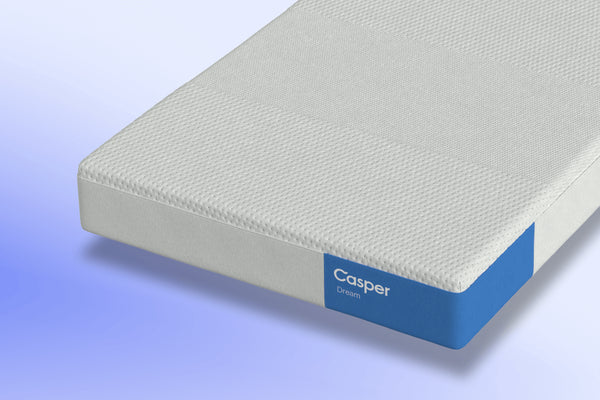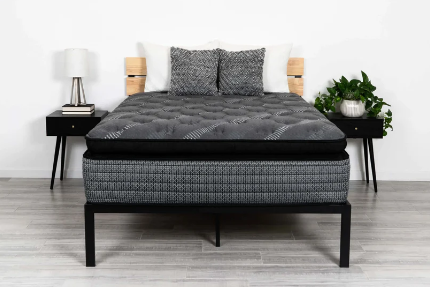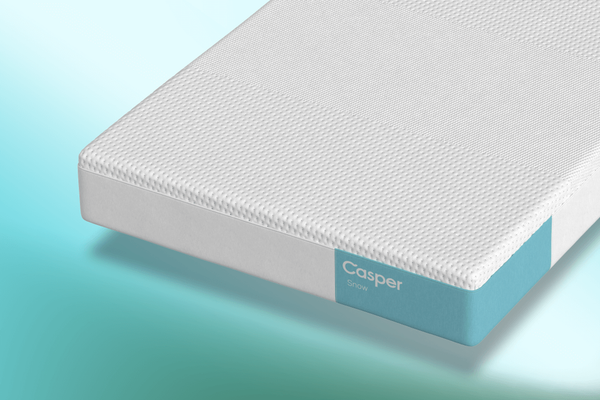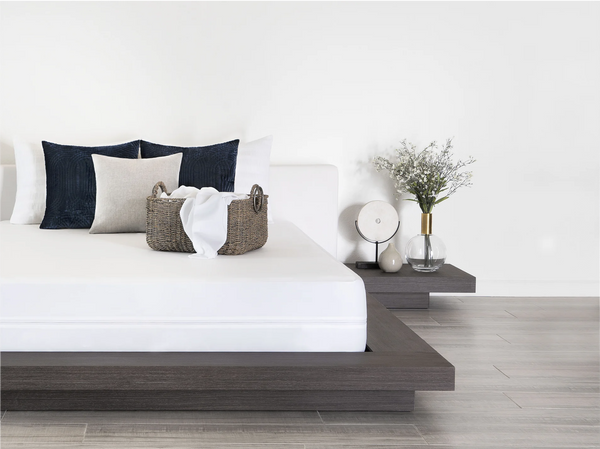
Overview
Tips for improving sleep quality include understanding your mattress, maintaining comfort with simple hacks, optimizing your sleep environment, establishing bedtime routines, practicing sleep hygiene, and listening to your body's needs. Regular mattress care and mindful practices can significantly enhance your overall sleep experience.
Frequently Asked Questions
1. Why is a good mattress important for sleep?
2. What factors should I consider when choosing a mattress?
3. How can I enhance the comfort of my mattress?
4. What is the ideal room temperature for sleep?
5. How often should I replace my mattress?
Getting a good night’s sleep is essential for health and overall well-being, and your mattress plays a vital role in this process. However, many people struggle with sleep quality due to various factors related to their bedding experience. Whether your mattress is brand new or a little older, there are numerous hacks you can implement to enhance your sleeping experience. In this blog post, we will share valuable tips to help you create the ultimate mattress environment for restful nights and energized mornings.
The Foundation of Sleep: Understand Your Mattress
Before diving into the hacks, it's important to understand what makes a mattress suitable for quality sleep. The right mattress caters to your personal preferences in comfort, support, and durability. Key aspects to consider include:
- Firmness: Your preferred level of firmness can greatly affect your sleep. Some people prefer soft mattresses, while others need firm support.
- Material: Memory foam, latex, innerspring, or hybrid—different materials provide varying support and comfort.
- Durability: A good mattress should last several years. Regular maintenance can prolong its lifespan.
Enhancing Comfort with Simple Hacks
Rotate and Flip Your Mattress
One of the simplest hacks to boost your mattress experience is to rotate and flip your mattress regularly. For most mattresses, rotating them every 3–6 months can help reduce wear and unevenness, keeping it comfortable for a longer period. Flipping is recommended if your mattress design allows it, as it distributes body weight more evenly across the surface.
Use a Mattress Protector
Investing in a quality mattress protector can greatly extend the life of your mattress and improve your sleep experience. A protector can:
- Guard against spills, stains, and allergens
- Enhance breathability
- Provide an additional layer of comfort
When choosing a mattress protector, look for options made from breathable, hypoallergenic materials for maximum comfort.
Layer Up with Comfort Enhancers
Add layers to personalize your mattress experience. Consider introducing a thin mattress topper to adjust the comfort level of your bed. Memory foam toppers provide excellent support and contouring to your body, while latex toppers add bounce and breathability.
Optimize Your Sleep Environment
Maintain a Cool Room Temperature
Your sleep environment should be conducive to rest. Experts suggest that the ideal room temperature for sleep is between 60°F and 67°F (15°C to 19°C). If your bedroom is too hot, consider using a fan, opening windows, or investing in cooling bedding materials to create a more favorable sleeping climate.
Control Light and Noise
Light and noise can significantly disrupt your sleep. Implement the following strategies to create an optimal sleep environment:
- Darken Your Room: Use blackout curtains to block out external light sources that can hinder your sleep.
- Soundproof Your Space: Consider using earplugs or a white noise machine to drown out disruptive sounds.
Choose the Right Bedding
Your choice of pillows and sheets can also affect your mattress experience. Look for:
- Pillows: Select a pillow that supports your sleeping position. Side sleepers may need a thicker pillow, while back and stomach sleepers often prefer thinner options.
- Sheets: Opt for breathable fabrics like cotton or linen that wick away moisture and ensure comfort throughout the night.
Establish Sleep-Inducing Routines
Stick to a Consistent Sleep Schedule
Keeping a consistent sleep schedule is vital for regulating your body’s internal clock. Try to go to bed and wake up around the same time every day, even on weekends. This routine will help your body recognize when it’s time to sleep, improving overall sleep quality.
Create a Relaxing Bedtime Ritual
Before hitting the sheets, take time to unwind and establish a calming bedtime ritual. Include activities such as:
- Reading a book
- Meditation or gentle stretching
- Listening to calming music or nature sounds
These relaxing practices signal your body that it’s time to wind down, preparing you for a better night’s sleep.
Sleep Hygiene: Keeping Your Mattress Fresh
Regular Cleaning and Maintenance
Maintaining a clean sleeping environment is crucial. Dust mites, allergens, and bacteria can accumulate in your mattress over time. Here are some quick cleaning tips:
- Vacuum your mattress using an upholstery attachment to remove allergens.
- Spot clean stains with mild detergent and water.
- Air out your mattress regularly by letting it breathe in a well-ventilated area.
Frequent Sheet Washes
Your bed sheets also need regular washing. Aim to wash your sheets every one to two weeks to eliminate bodily oils, sweat, and allergens. This habit not only keeps your mattress clean but also enhances your overall sleeping environment.
The Power of Mindfulness in Sleep
Practice Deep Breathing
Incorporating deep breathing exercises before going to bed can help reduce anxiety and prepare your mind for rest. A simple technique is the 4-7-8 method:
- Breathe in through your nose for 4 counts.
- Hold your breath for 7 counts.
- Exhale through your mouth for 8 counts.
Iterate this cycle several times to calm your mind and muscles, making way for a more peaceful sleep experience.
Mindfulness Meditation
Engaging in mindfulness meditation can also help improve sleep quality. This practice helps you stay grounded in the present moment and can mitigate racing thoughts that prevent sleep. Start with short meditation sessions and gradually increase the duration as you become more comfortable with the practice.
Listening to Your Body's Needs
Know When to Replace Your Mattress
Even with the best care, mattresses don’t last forever. It’s recommended to replace your mattress every 7 to 10 years, depending on its quality and usage. Signs it’s time for a new mattress include:
- You frequently wake up with aches and pains.
- Your mattress has noticeable lumps or indentations.
- You struggle to get a good night’s sleep consistently.
Customize Your Experience
Every sleeper is unique, and what works for one person might not work for another. Pay attention to how your body feels when you make changes to your sleep routine and mattress setup. Tailoring your mattress experience to your body’s needs will contribute to a better overall sleep quality.
Final Thoughts: Dream Big, Sleep Well
Improving your mattress experience is an ongoing journey, so explore these sleep hacks and find what suits you best. From optimizing your comfort levels to creating a tranquil sleep environment, every small change can have a significant impact on your sleep quality. By implementing these tips, you're taking crucial steps toward ensuring a restorative, rejuvenating sleep experience. Start tonight, and unlock the restful sleep you've always dreamed of!









